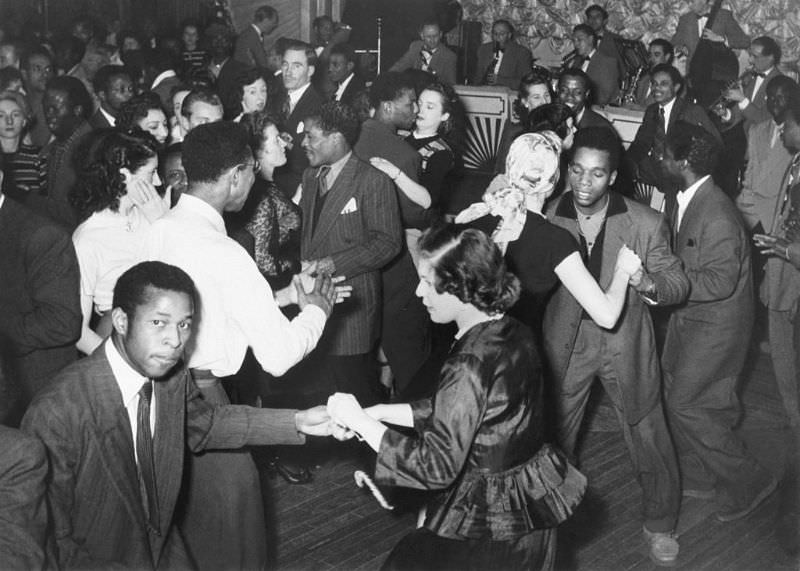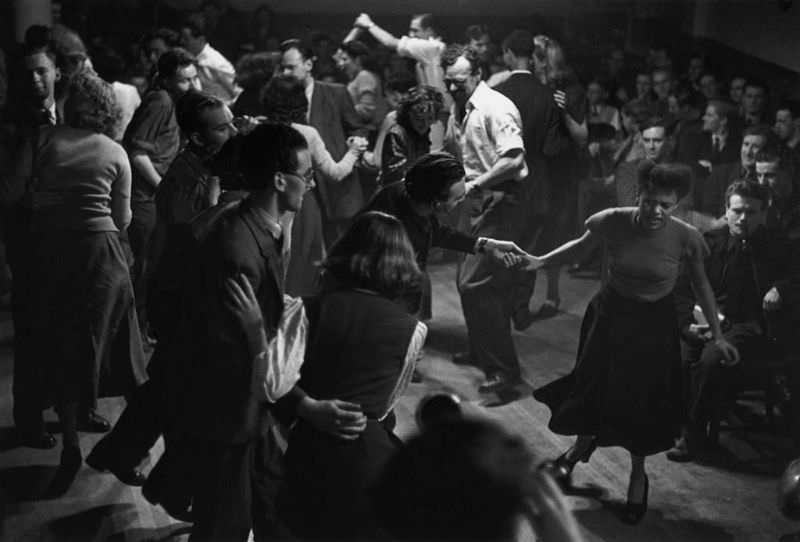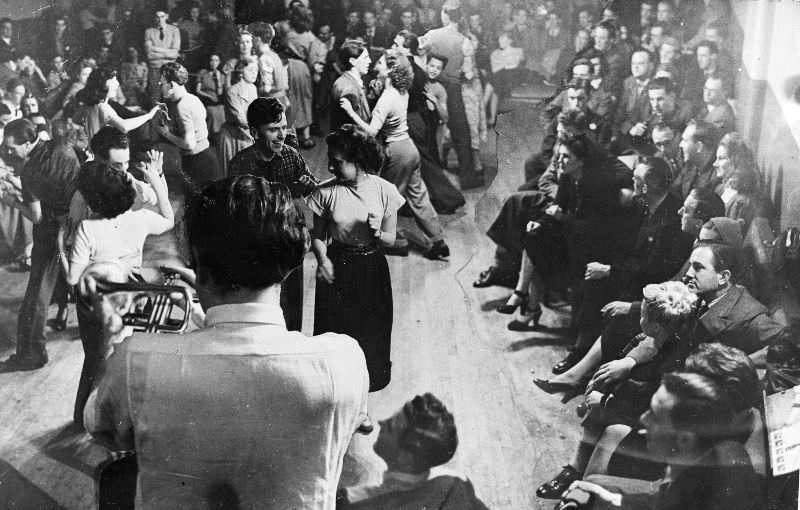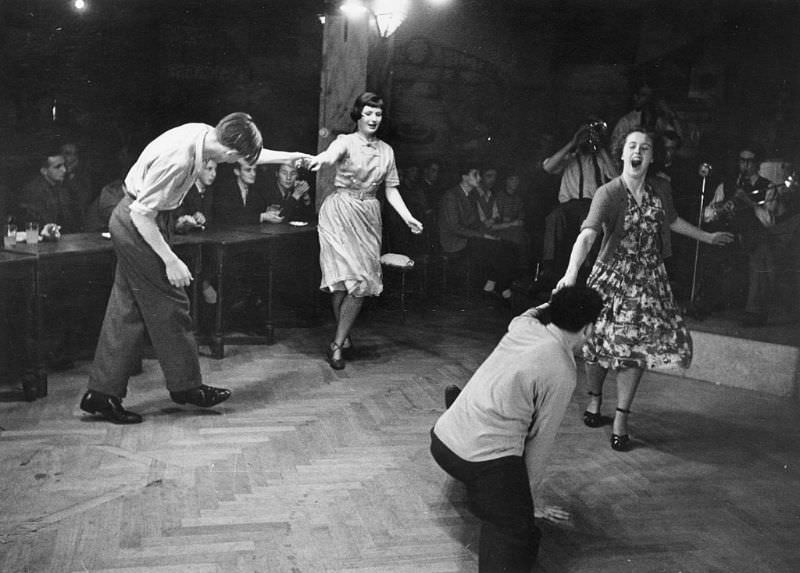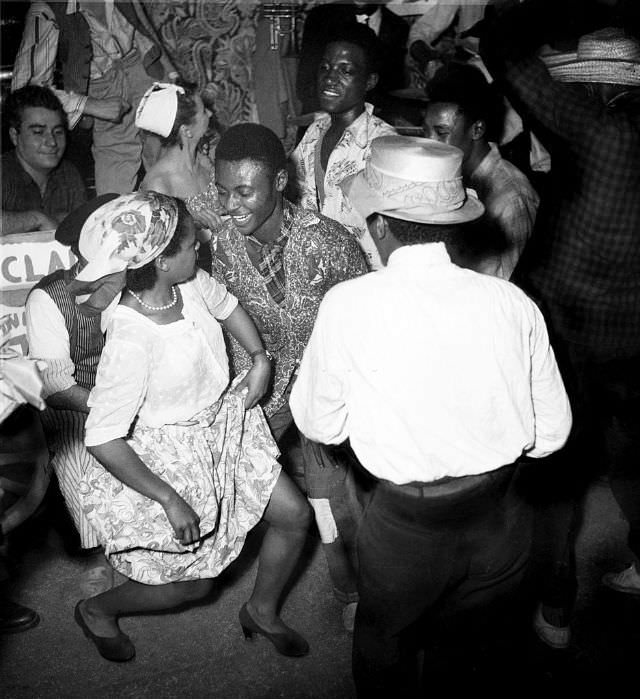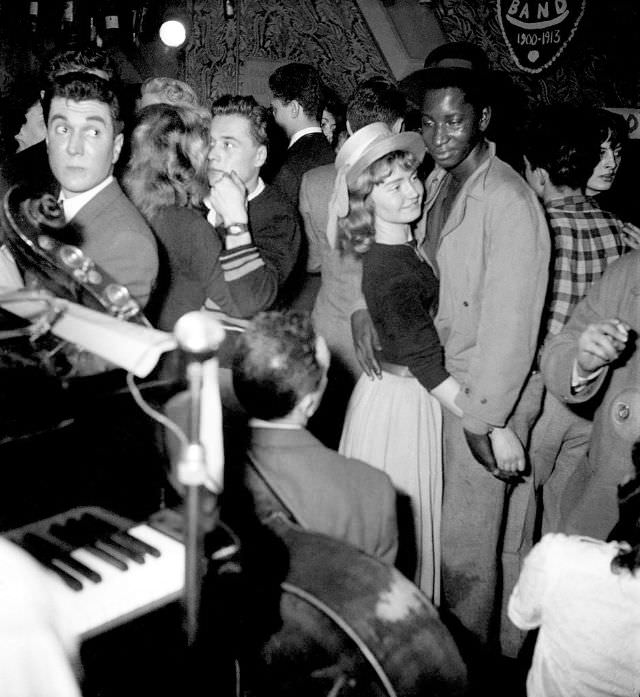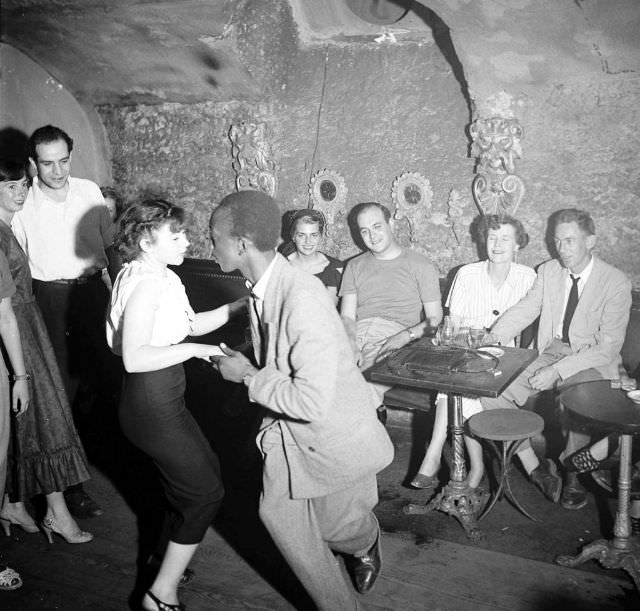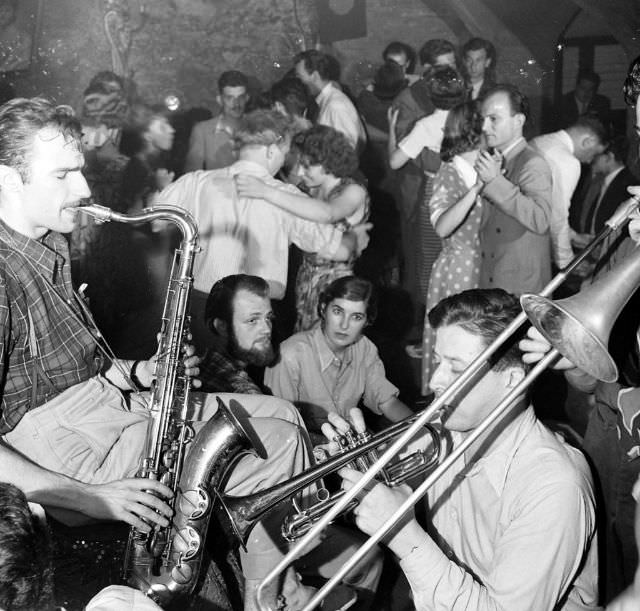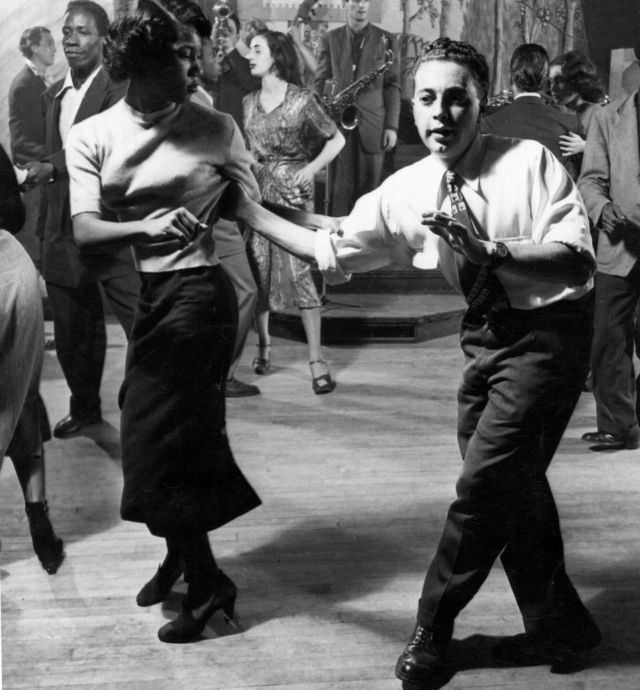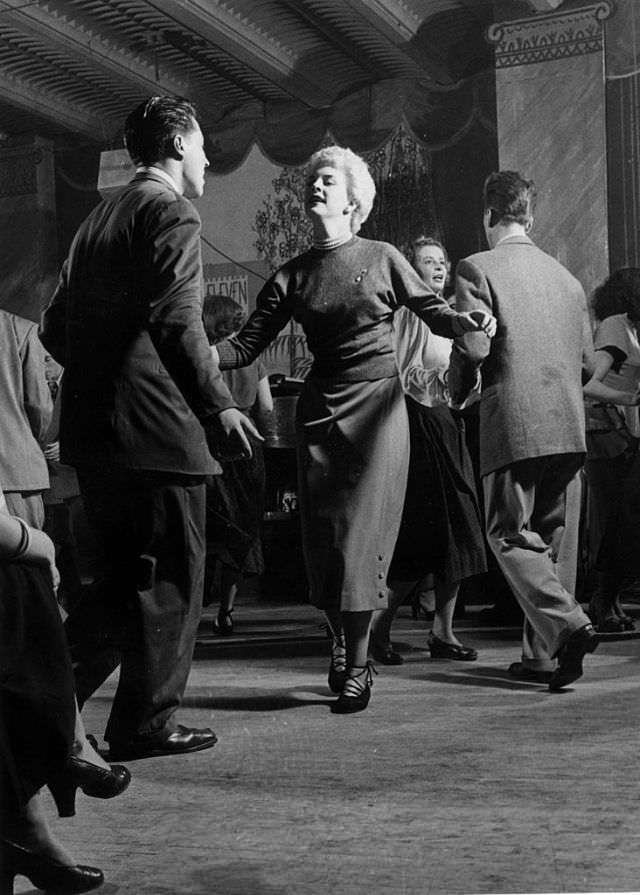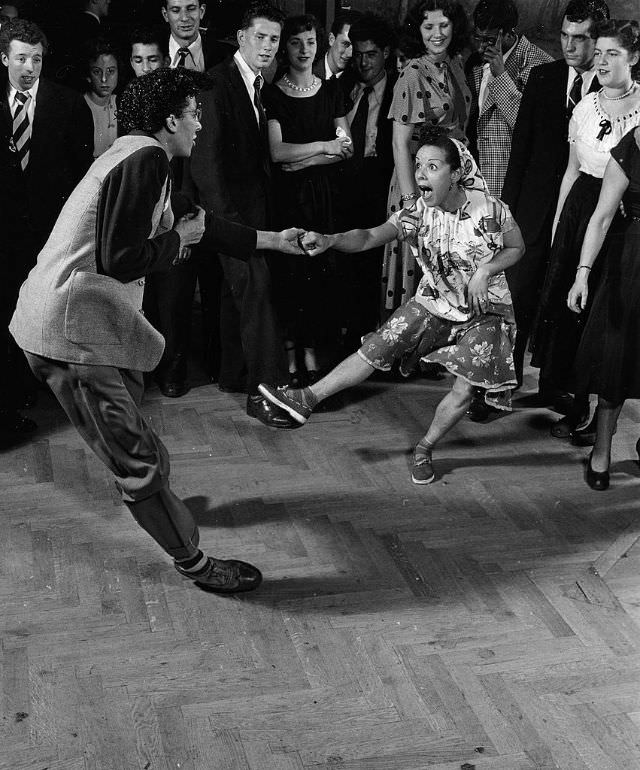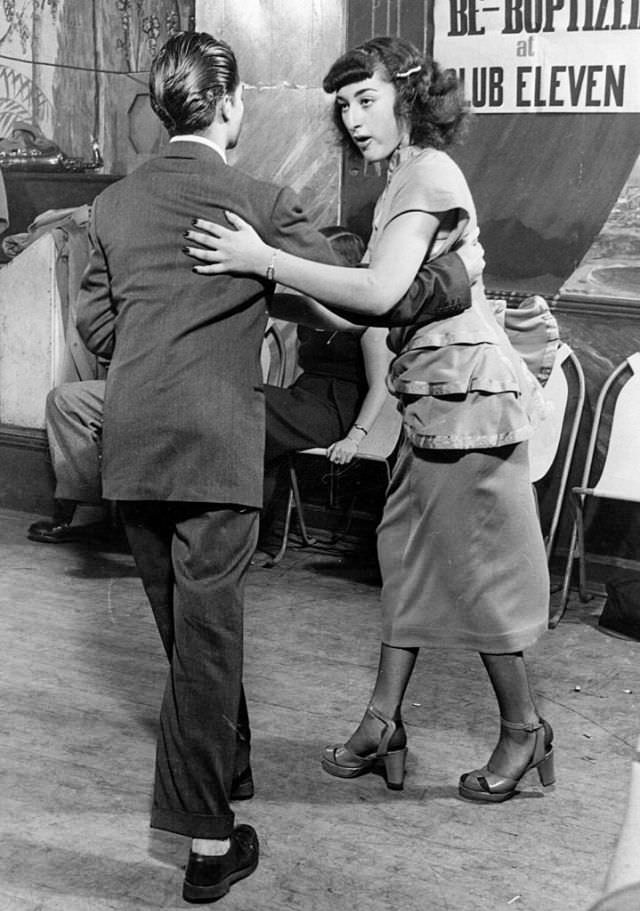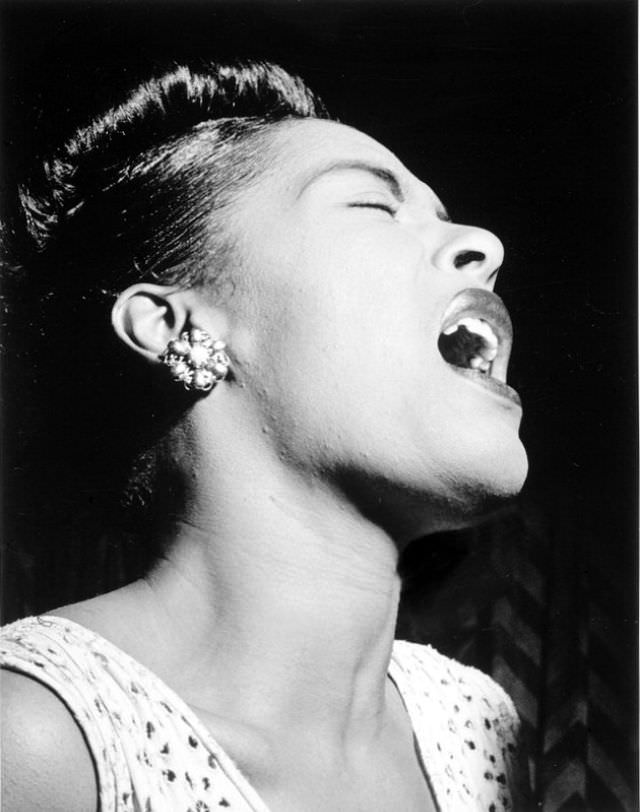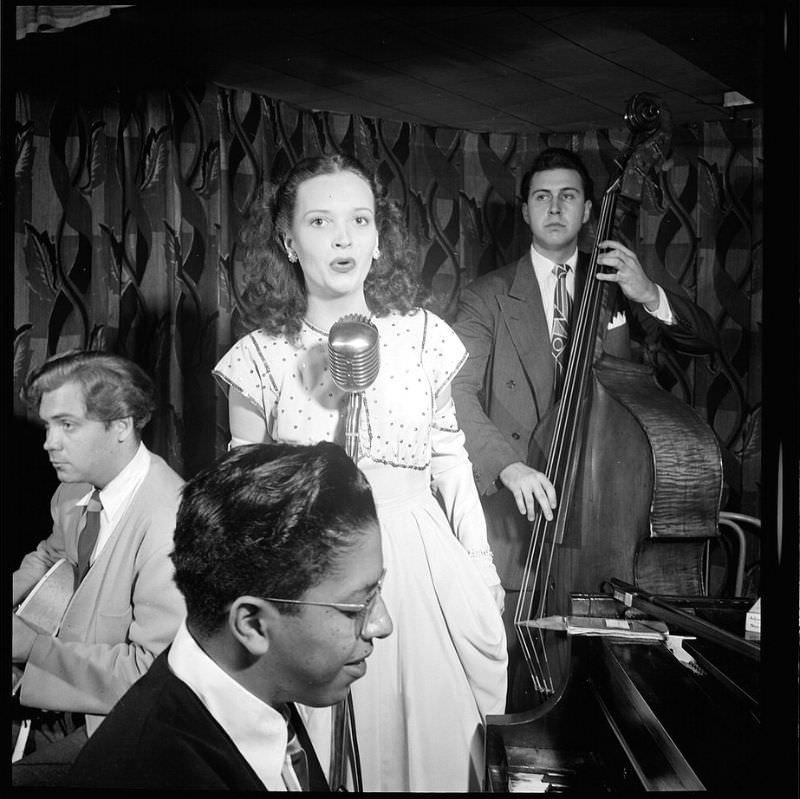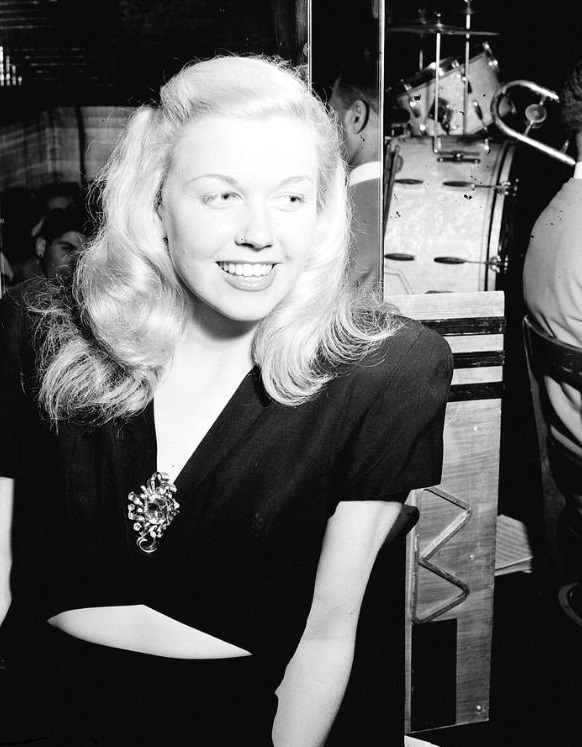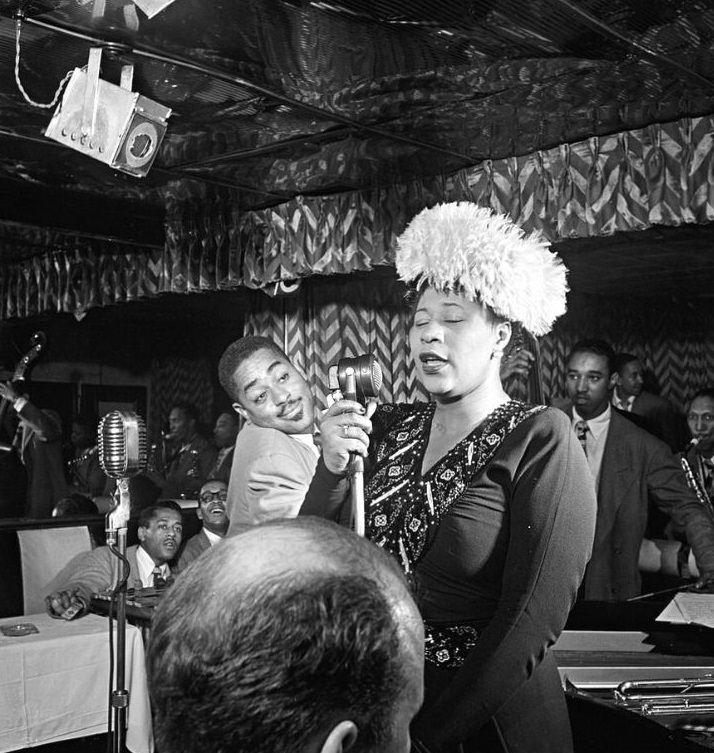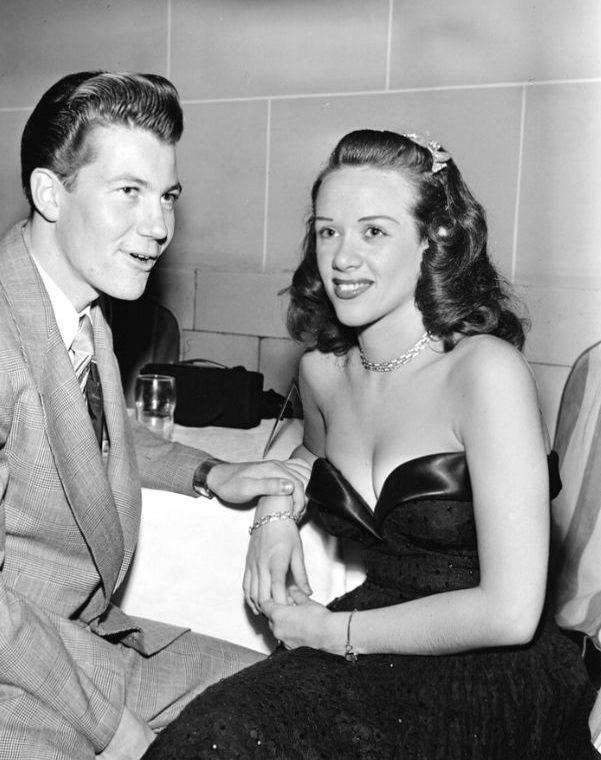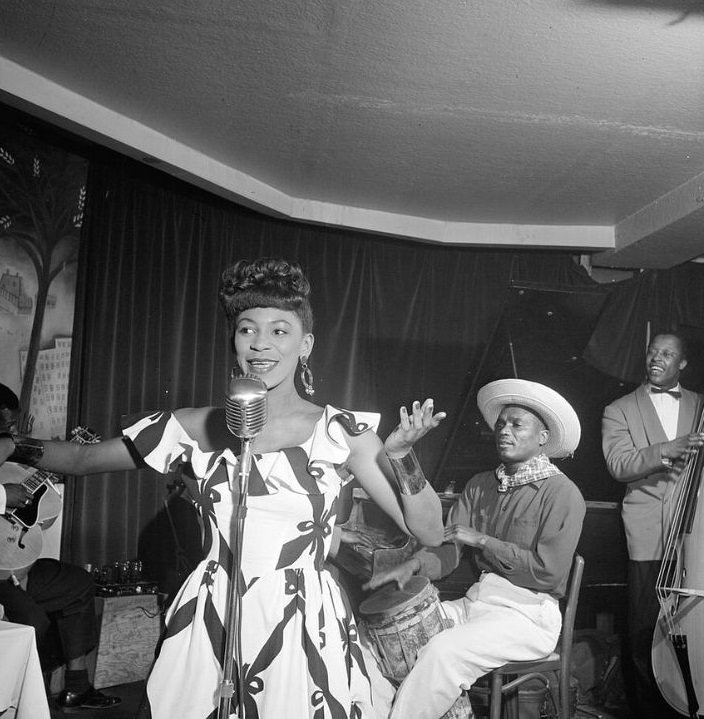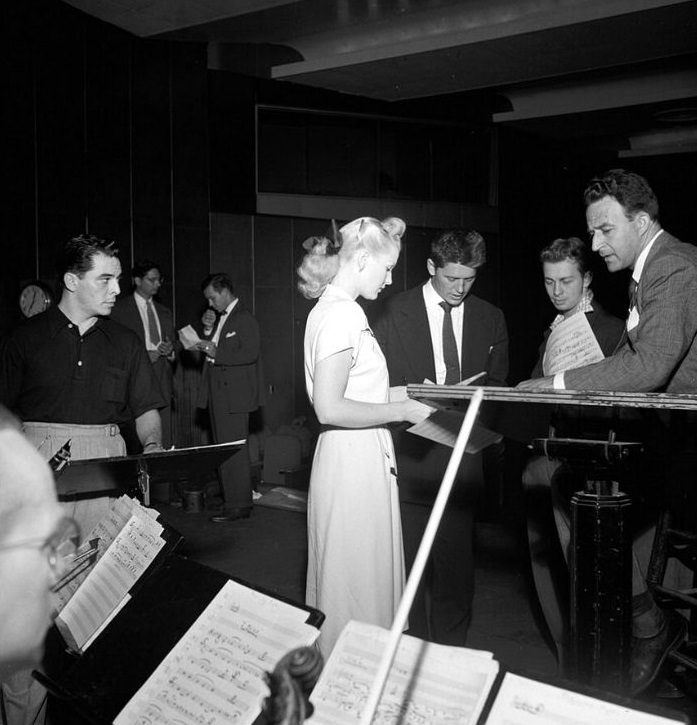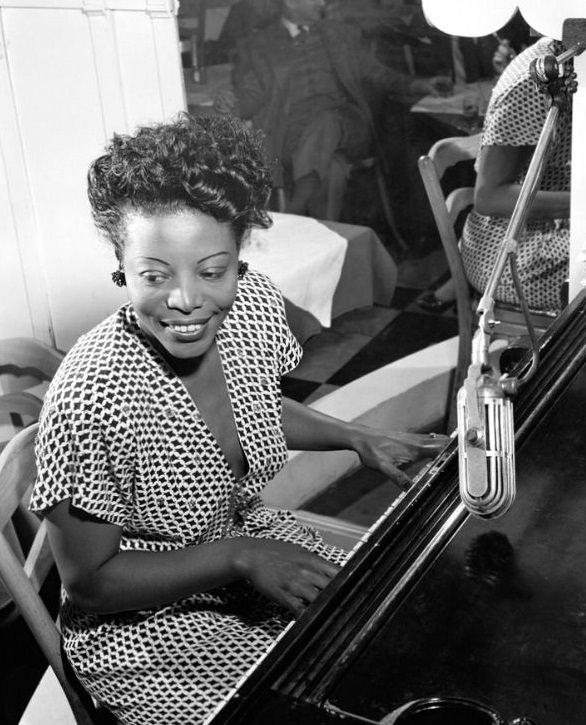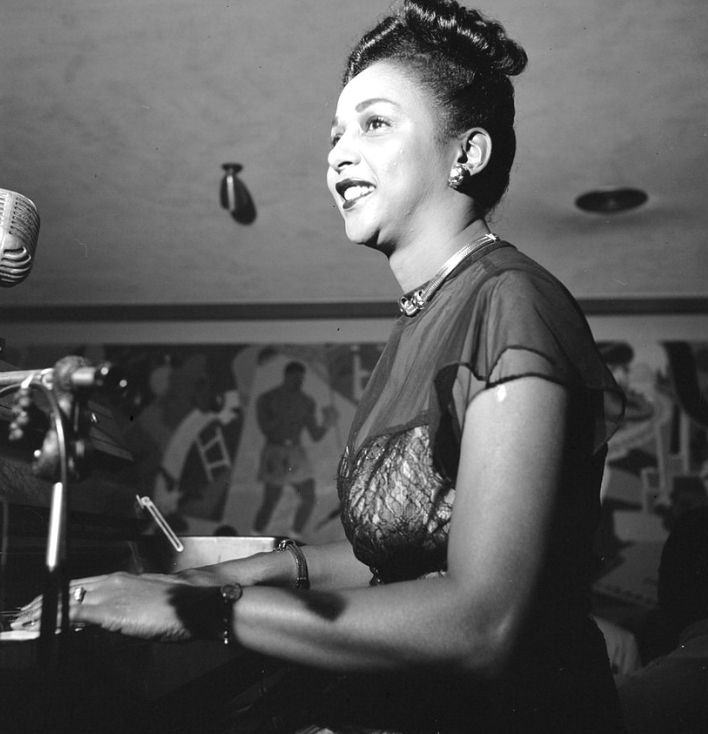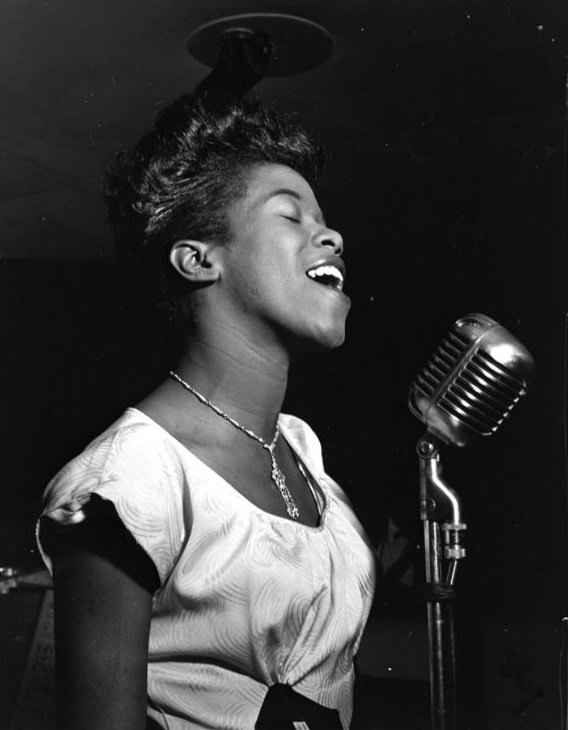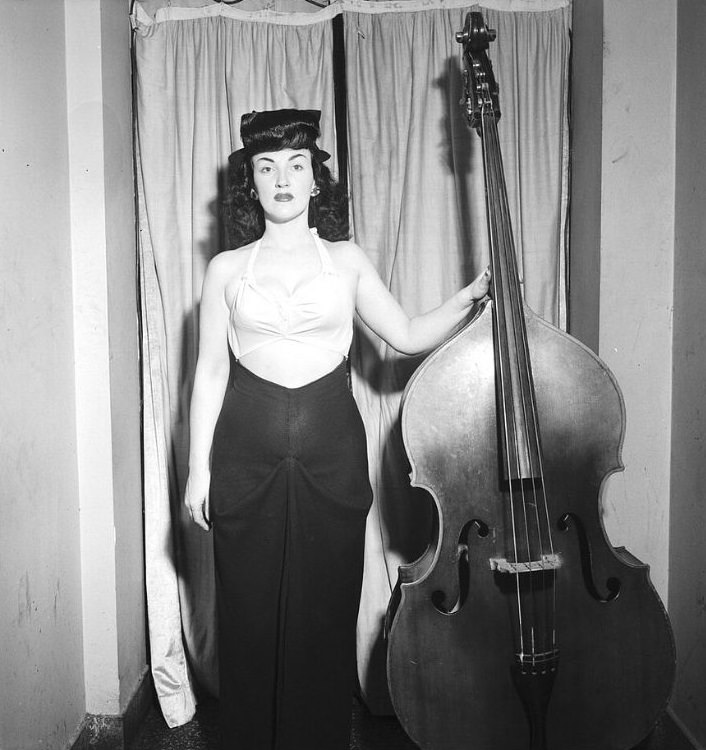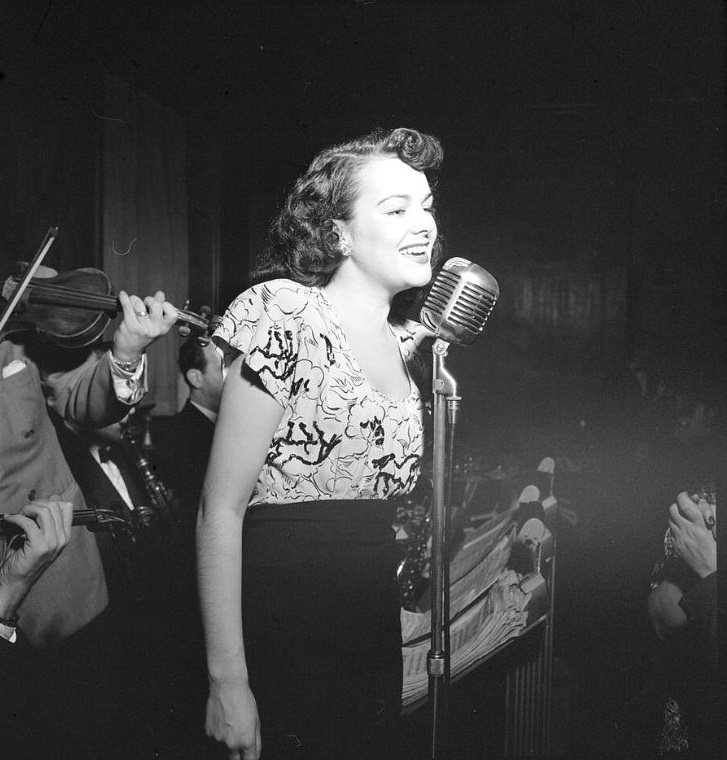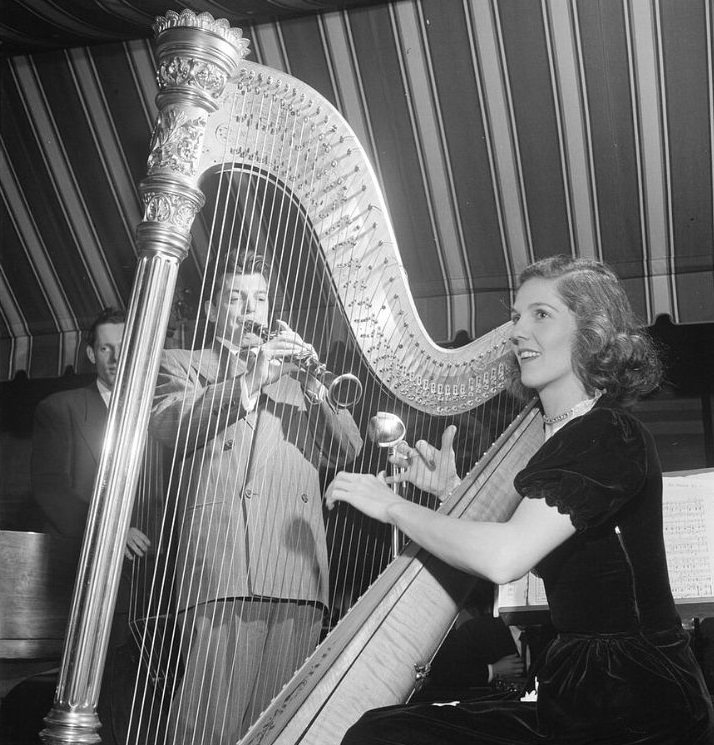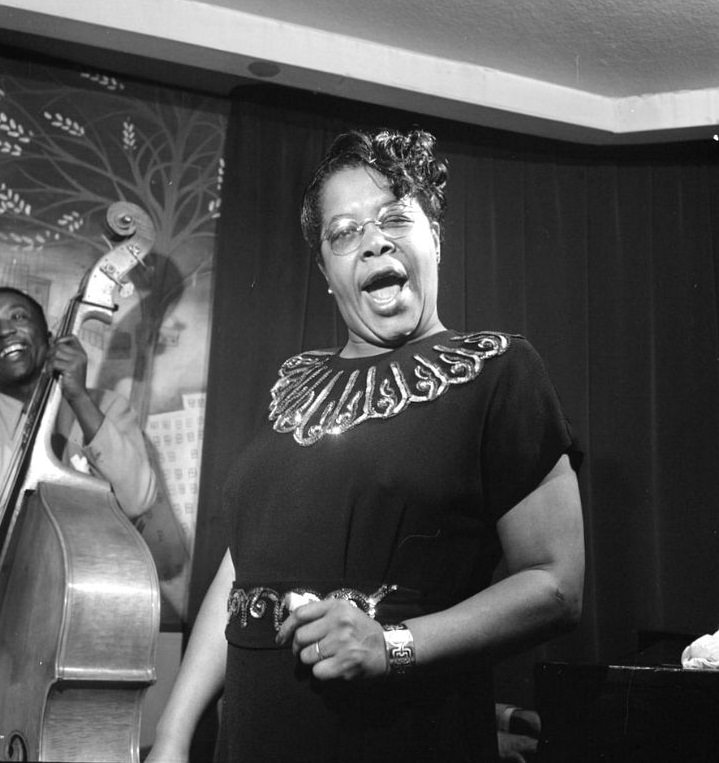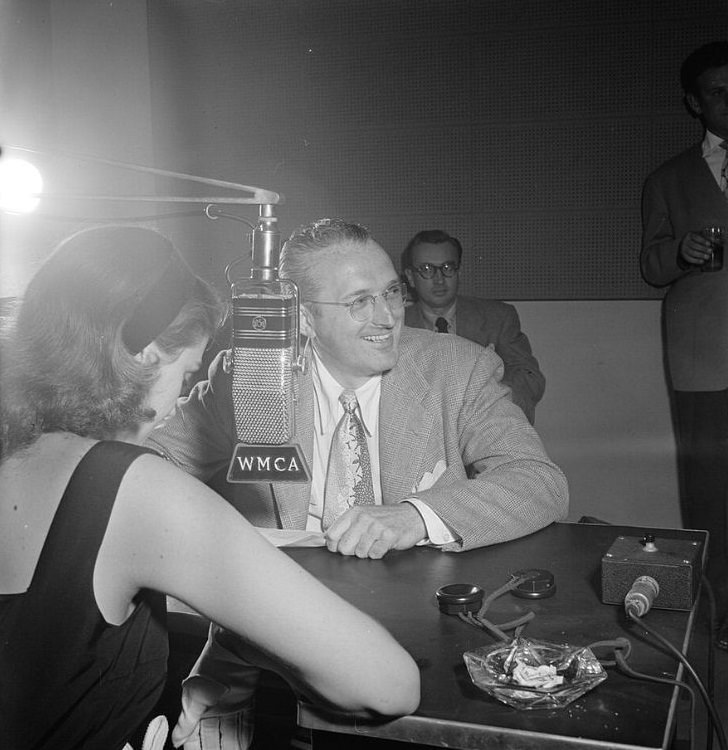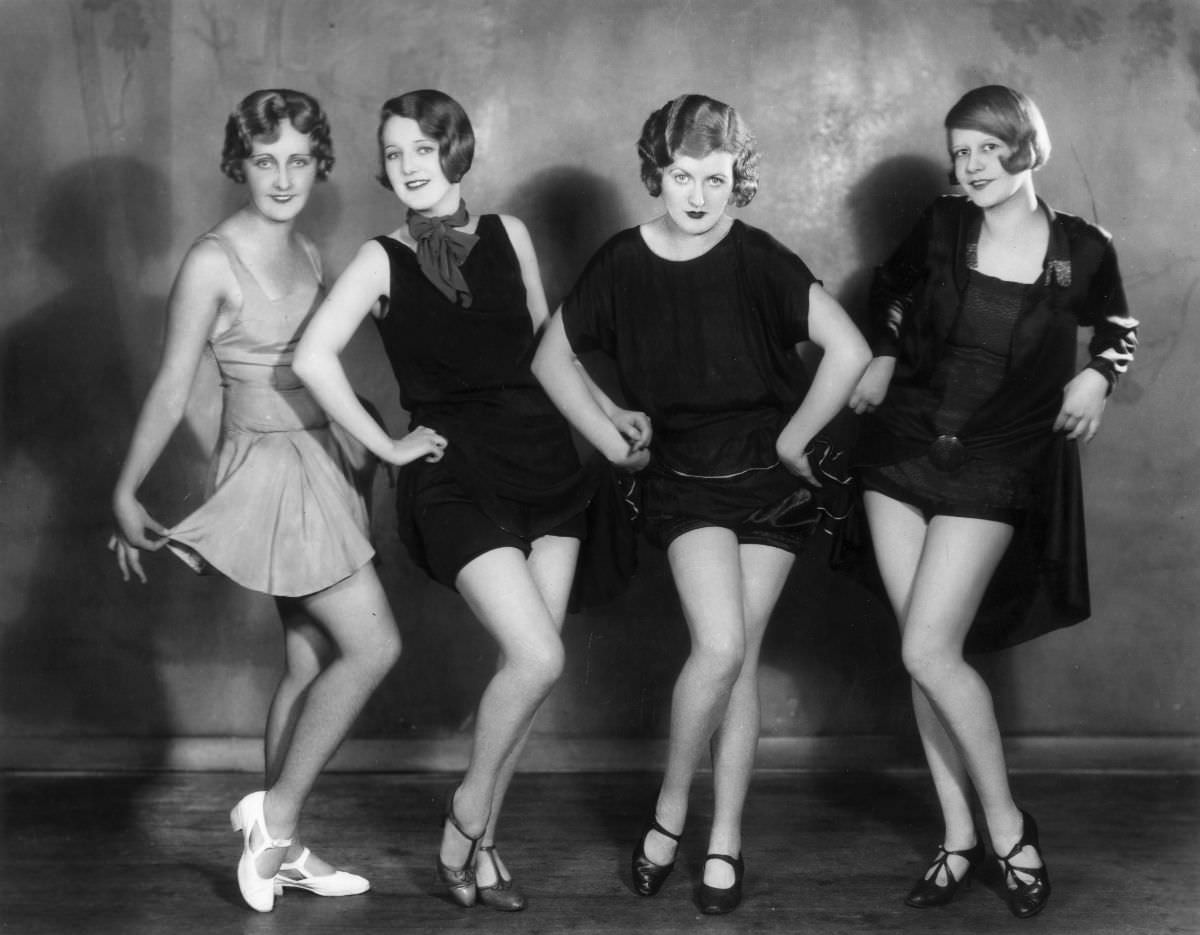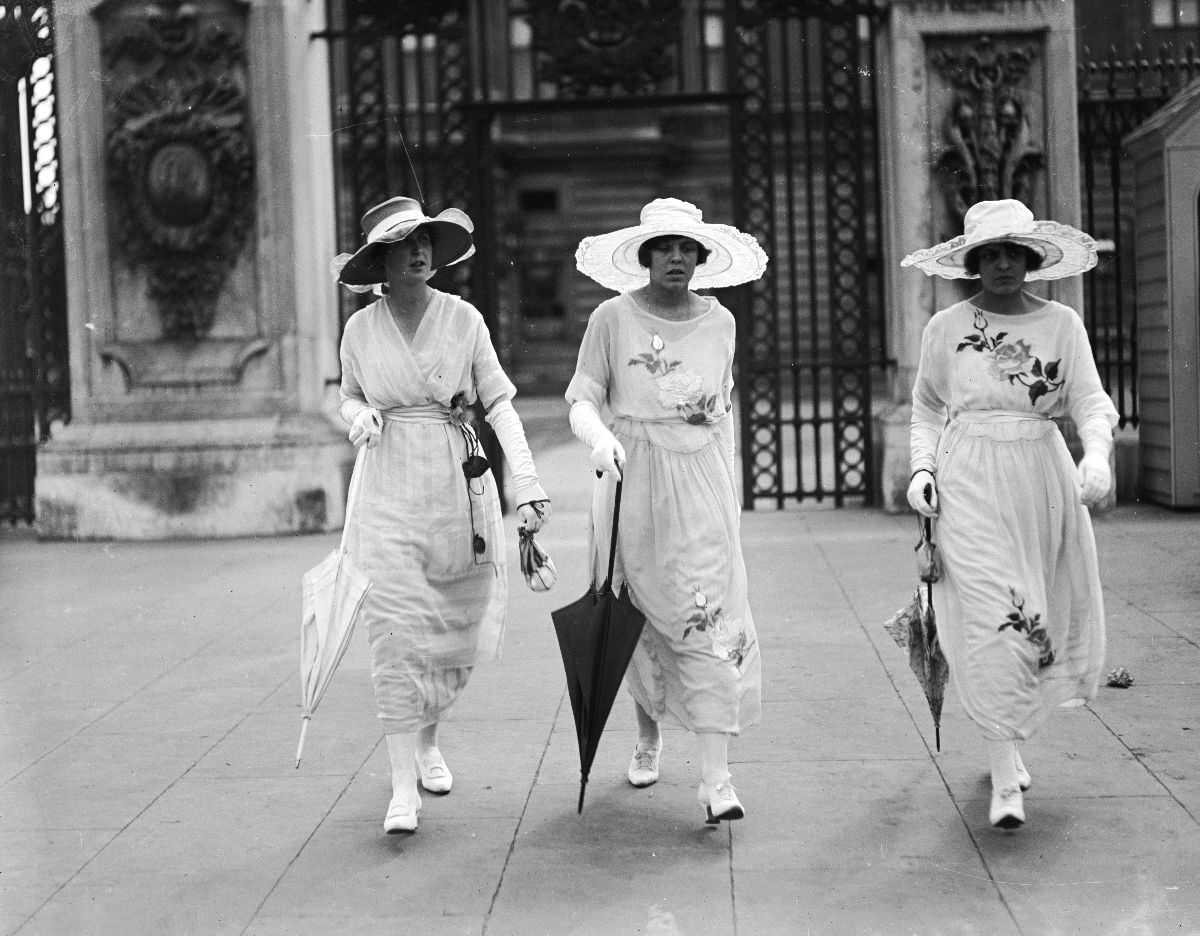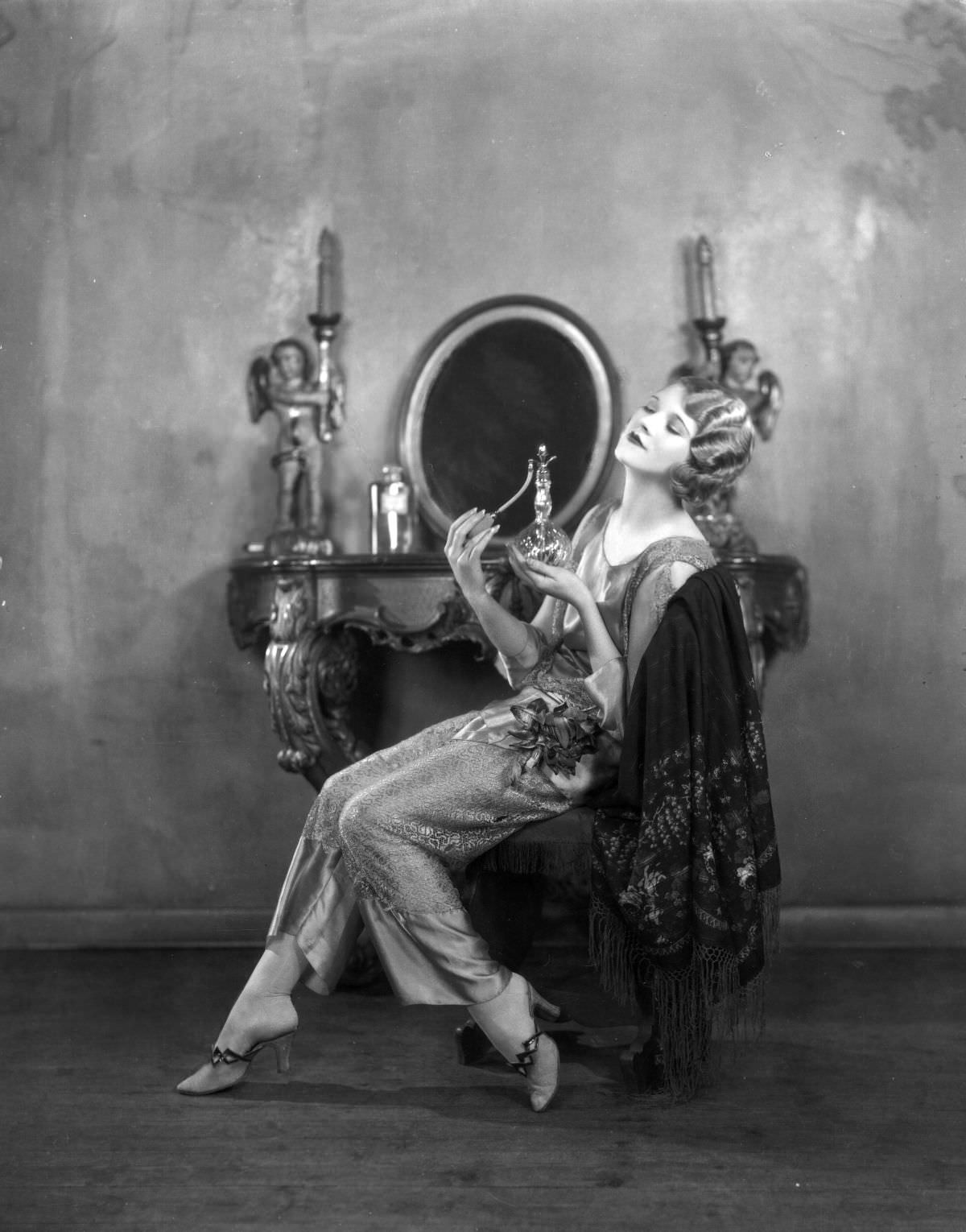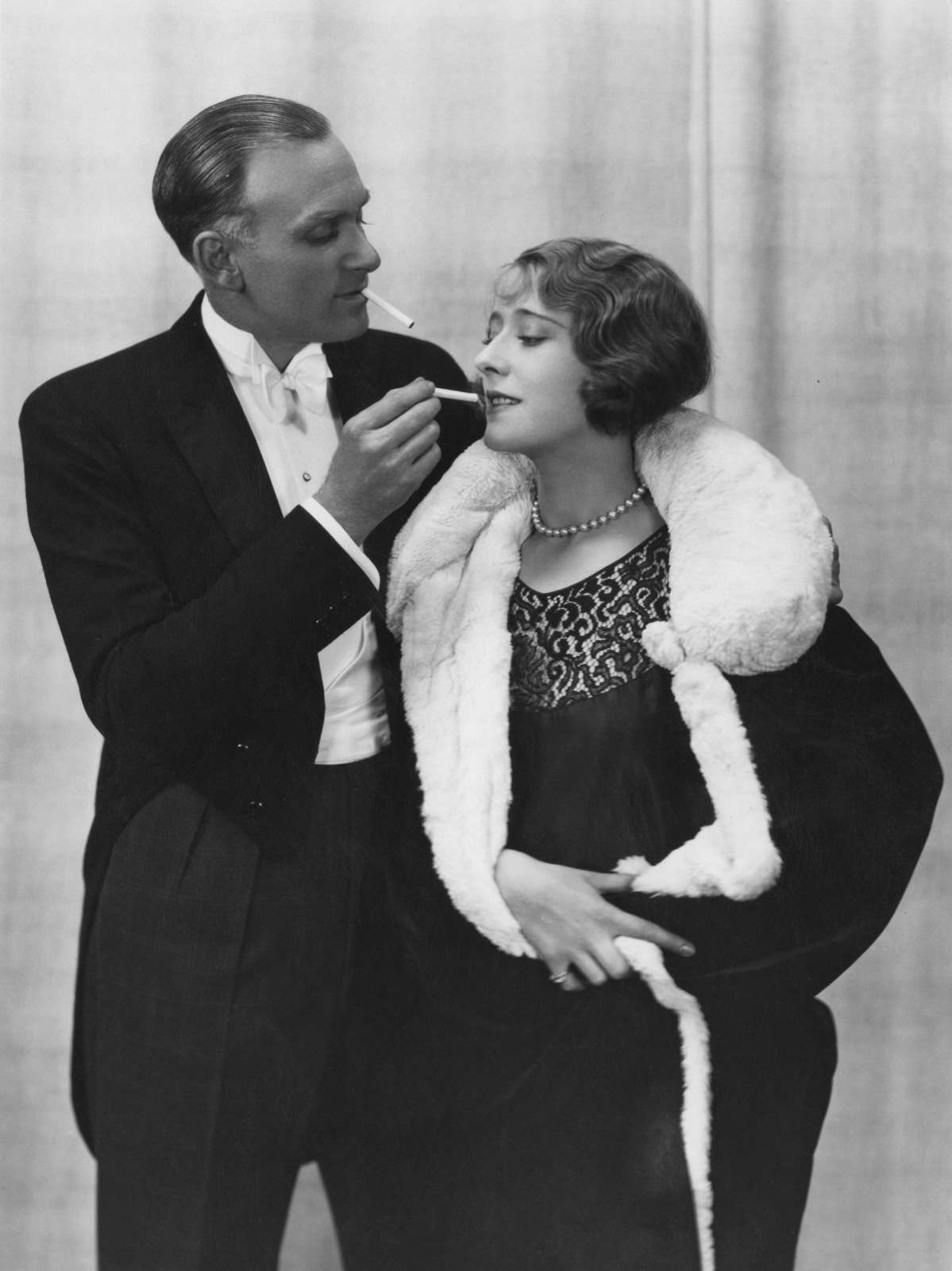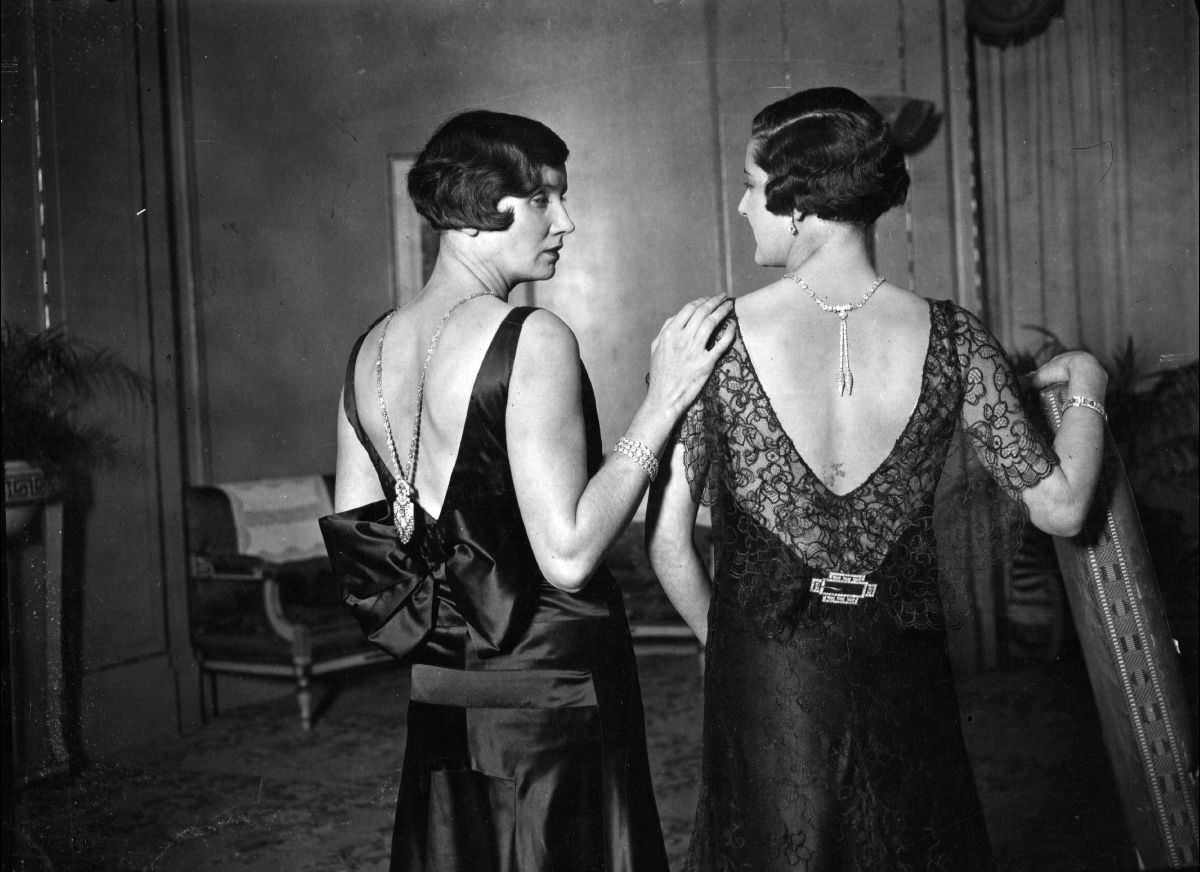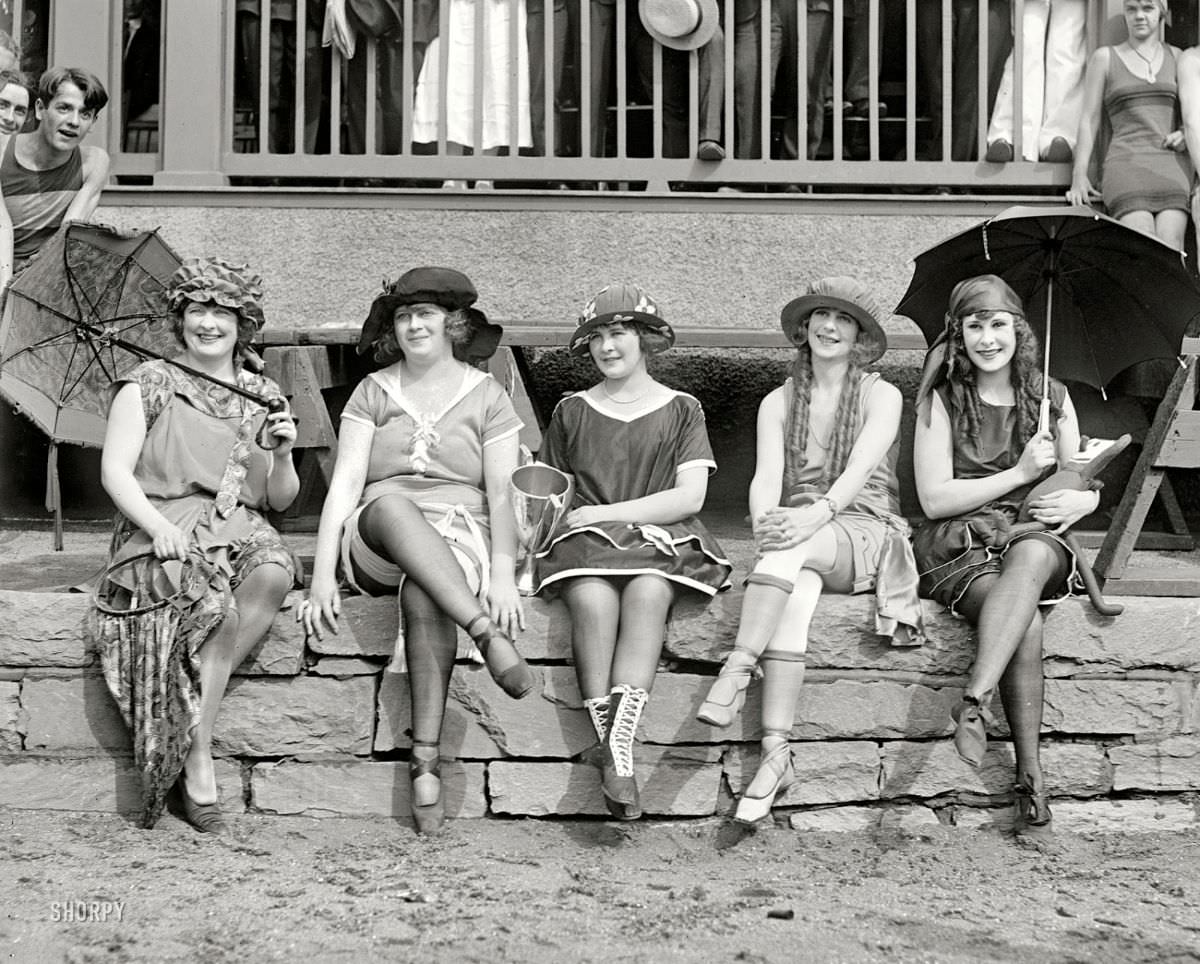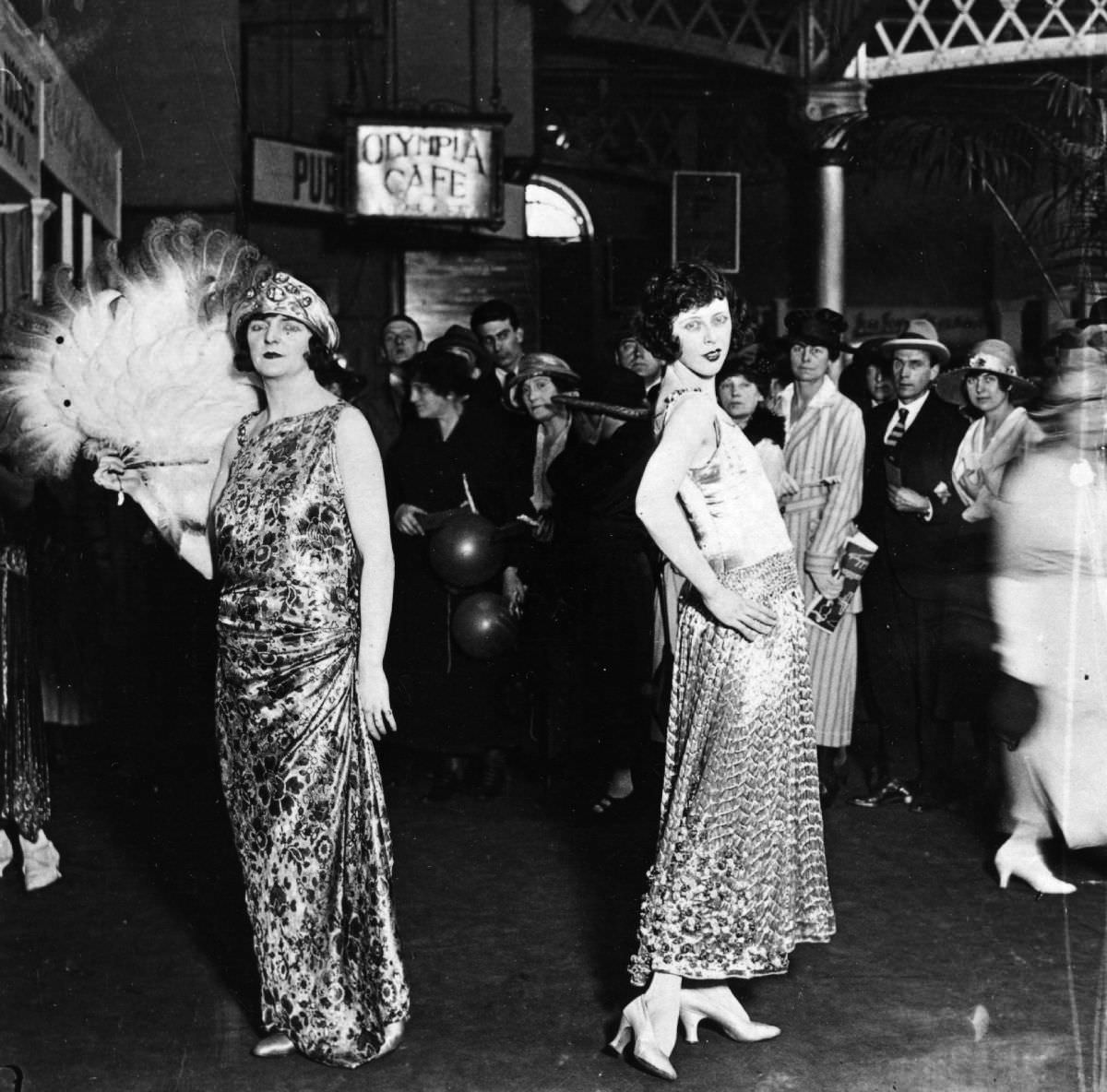The very mention of historical jazz clubs conjures up images of smoky rooms, where the air is thick with style, spontaneity, and the soulful strains of a saxophone. These clubs weren’t just establishments but cultural cocoons, fostering an artistic explosion still reverberating through modern music and fashion.
To step into a jazz club in the heart of the 20th century was to enter a different universe. Dimly lit and perennially alive, these venues were the beating hearts of cultural revolution. Cities like New Orleans, Chicago, and New York were the epicenters, where underground scenes burgeoned into mainstream phenomena. These clubs, often tucked away in basements or nondescript buildings, were sanctuaries for those who sought refuge in the rhythm, the improvisation, and the profound emotional expression of jazz.
Every night, the air in these spaces buzzed with a mixture of perspiration, anticipation, and sheer musical energy. Crowds of sharp-suited men and elegantly dressed women became a part of the experience, their enthusiastic chatter, and unrestrained dances contributing to the collective atmosphere of liberation..
Read more
Fashion Amidst the Riffs
Style was not an afterthought in these jazz sanctuaries; it was a statement. It communicated allegiance to the culture of cool, an unspoken understanding that everyone was part of something extraordinary. The jazz scene’s fashion sense was as diverse and improvisational as the music bursting from the instruments on stage.
Men donned sleek suits, often accessorized with fedoras, imbuing a sense of class and rebellion simultaneously. Women defied the constraints of the time, stepping out in flapper dresses, bold makeup, and hairstyles that broke away from tradition. The style wasn’t just about aesthetics; it was an integral component of the identity that the jazz era nurtured. Each piece of clothing, each accessory, was a symbol of defiance, a rejection of prohibition in all its forms.
Jazz Clubs as Cultural Hubs
Jazz clubs were more than mere entertainment venues. They were melting pots of creativity and ideology, where barriers dissolved, and revolutionary ideas formed. Amidst the racial segregation and economic hardships of the times, these clubs emerged as oases of inclusivity and expression.
The jazz scene was a rare unifying force, bringing together people from all walks of life. Within these dimly lit halls, social norms were challenged, conversations that transcended music were initiated, and a new cultural narrative was born. They were breeding grounds for artistic experimentation, where legendary collaborations struck up, and the seemingly impossible became achievable.


